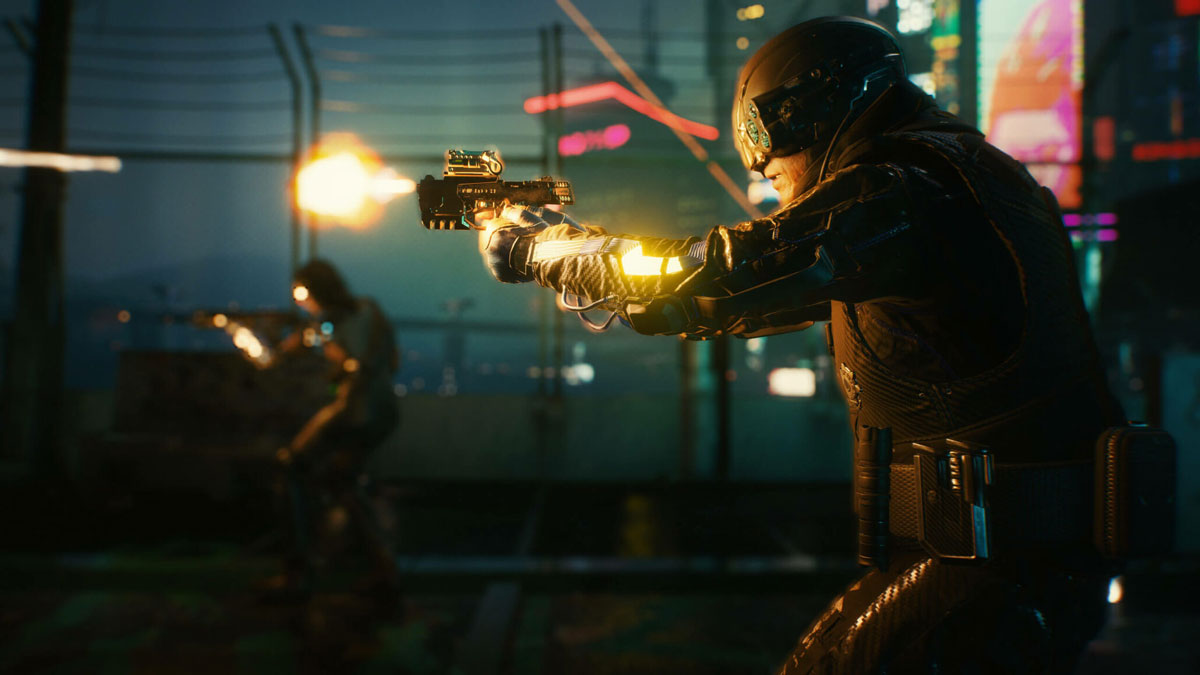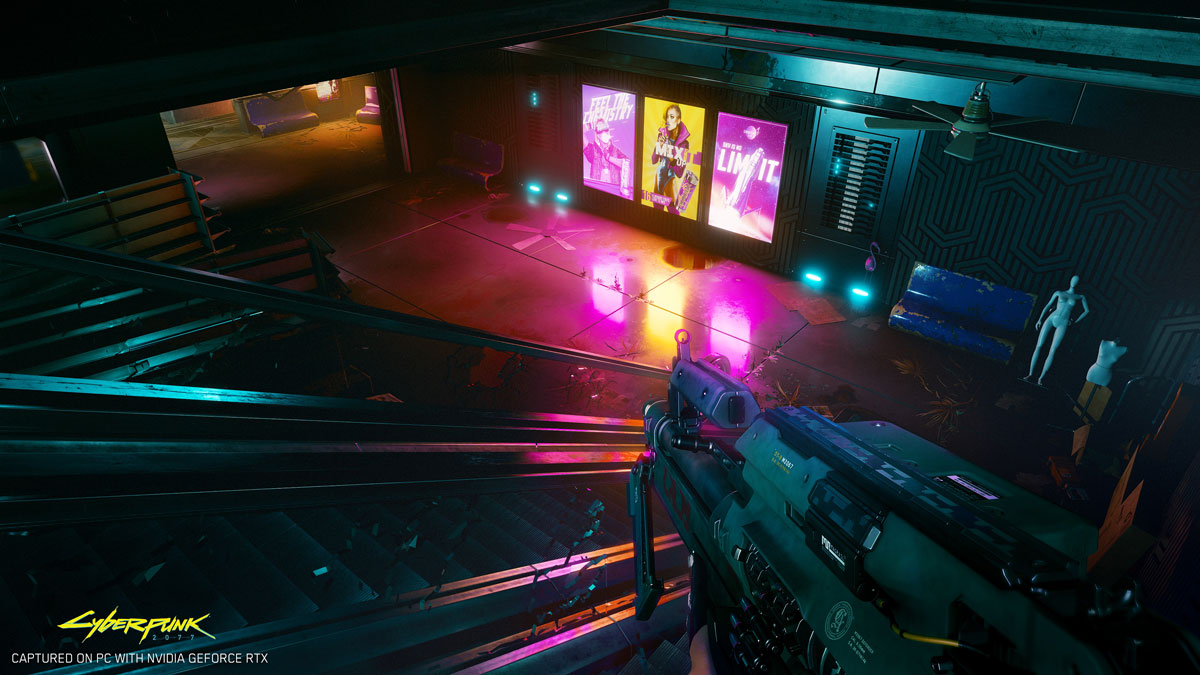With a compelling storyline, expansive open-world gameplay and jaw dropping graphics, Cyberpunk 2077 has all the pieces in place to be a gaming blockbuster.
It was revealed earlier that Cyberpunk 2077 will support performance-enhancing NVIDIA DLSS 2.0, along with new details about how the game will use ray tracing, which are showcased in this new trailer.

Gamers can expect to experience the following ray-traced features in Cyberpunk 2077 at launch:
- Ray-traced ambient occlusion – Ambient occlusion is a shading and rendering technique used to calculate how exposed each point in a scene is to ambient lighting. The result is a diffuse shading effect that darkens enclosed and sheltered areas and enhances the rendered image’s overall tone. In Cyberpunk 2077, ray-traced ambient occlusion additionally can be used with local lights to approximate local shadowing effects where shadows are missing.
- Ray-traced diffuse illumination – This technique is used to capture sky radiance as well as emissive lighting from various surfaces, which is difficult to achieve with traditional rendering techniques.
- Ray-traced reflections – In Cyberpunk 2077, ray-traced reflections are used on all surfaces and can trace ranges for up to several kilometres. They are present on both opaque and transparent objects to simulate the way light reflects from glossy and metal surfaces by tracing a single bounce of reflection rays against the scene. This includes smooth natural mirrors like window glass, but also rougher surfaces like brushed metal. Unlike screen space techniques which can only reflect what’s on screen, ray-traced reflections incorporate the entire scene around the character, and can accurately represent objects outside the camera view or facing away from the camera.
- Ray-traced shadows – Cyberpunk 2077 preview supports directional shadows from the sun and the moon. These shadows aim to be physically accurate and even account for light scattering from clouds. Shadows may be enhanced in the final release to support other types of light sources where it is needed.
Cyberpunk 2077’s Ray tracing and NVIDIA DLSS 2.0 support, are expected to be available at launch on November 19, 2020.
